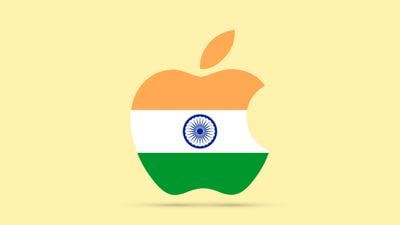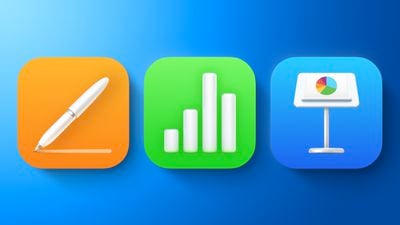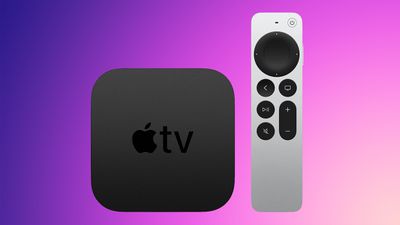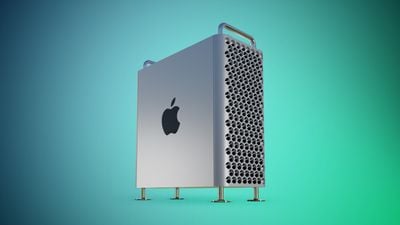Best Buy is discounting a huge collection of M4 iPad Pro tablets this week, with multiple all-time low prices across both 11-inch and 13-inch models. The majority of these deals will require a My Best Buy Plus/Total membership, but there are some that are available to all shoppers.
 Note: MacRumors is an affiliate partner with Best Buy. When you click a link and make a purchase, we may receive a small payment, which helps us keep the site running.
Note: MacRumors is an affiliate partner with Best Buy. When you click a link and make a purchase, we may receive a small payment, which helps us keep the site running.
In total, you'll find as much as $200 off these tablets on Best Buy this week, and deals include both Wi-Fi only and cellular M4 iPad Pros. Additionally, we're tracking deals on a few Nano-Texture Glass models. Many of the tablets can still be delivered in time for Christmas, and Best Buy has same-day pick-up available as well.
My Best Buy Plus is priced at $49.99 per year and it includes exclusive member prices on thousands of items, like these M4 iPad Pros. You'll also get an extended 60-day return window on most products when you sign up for the service.
11-Inch iPad Pro - Wi-Fi
- 256GB Wi-Fi - $849.00 ($150 off) [Best Buy members only]
- 512GB Wi-Fi - $1,049.00 ($150 off) [Best Buy members only]
- 1TB Wi-Fi - $1,449.00 ($150 off) [Best Buy members only]
- 2TB Wi-Fi - $1,849.00 ($150 off) [Best Buy members only]
- 2TB Wi-Fi with Nano-Texture Glass - $1,949.00 ($150 off) [Best Buy members only]
11-Inch iPad Pro - Cellular
- 256GB Cellular - $1,049.00 ($150 off) [Best Buy members only]
- 1TB Cellular - $1,649.00 ($150 off) [Best Buy members only]
- 1TB Cellular with Nano-Texture Glass - $1,749.00 ($150 off) [Best Buy members only]
- 2TB Cellular - $2,049.00 ($150 off) [Best Buy members only]
13-Inch iPad Pro - Wi-Fi
- 256GB Wi-Fi - $1,099.00 ($200 off)
- 512GB Wi-Fi - $1,299.00 ($200 off)
- 1TB Wi-Fi - $1,699.00 ($200 off)
- 1TB Wi-Fi with Nano-Texture Glass - $1,799.00 ($200 off)
- 2TB Wi-Fi - $2,099.00 ($200 off)
13-Inch iPad Pro - Cellular
- 256GB Cellular - $1,299.00 ($200 off)
- 512GB Cellular - $1,499.00 ($200 off)
- 1TB Cellular with Nano-Texture Glass - $1,999.00 ($200 off)
- 2TB Cellular - $2,299.00 ($200 off)
If you're on the hunt for more discounts, be sure to visit our Apple Deals roundup where we recap the best Apple-related bargains of the past week.
Deals Newsletter
Interested in hearing more about the best deals you can find during the holiday season? Sign up for our Deals Newsletter and we'll keep you updated so you don't miss the biggest deals of the season!














 Note: MacRumors is an affiliate partner with Anker. When you click a link and make a purchase, we may receive a small payment, which helps us keep the site running.
Note: MacRumors is an affiliate partner with Anker. When you click a link and make a purchase, we may receive a small payment, which helps us keep the site running.







 Note: MacRumors is an affiliate partner with Amazon. When you click a link and make a purchase, we may receive a small payment, which helps us keep the site running.
Note: MacRumors is an affiliate partner with Amazon. When you click a link and make a purchase, we may receive a small payment, which helps us keep the site running.











